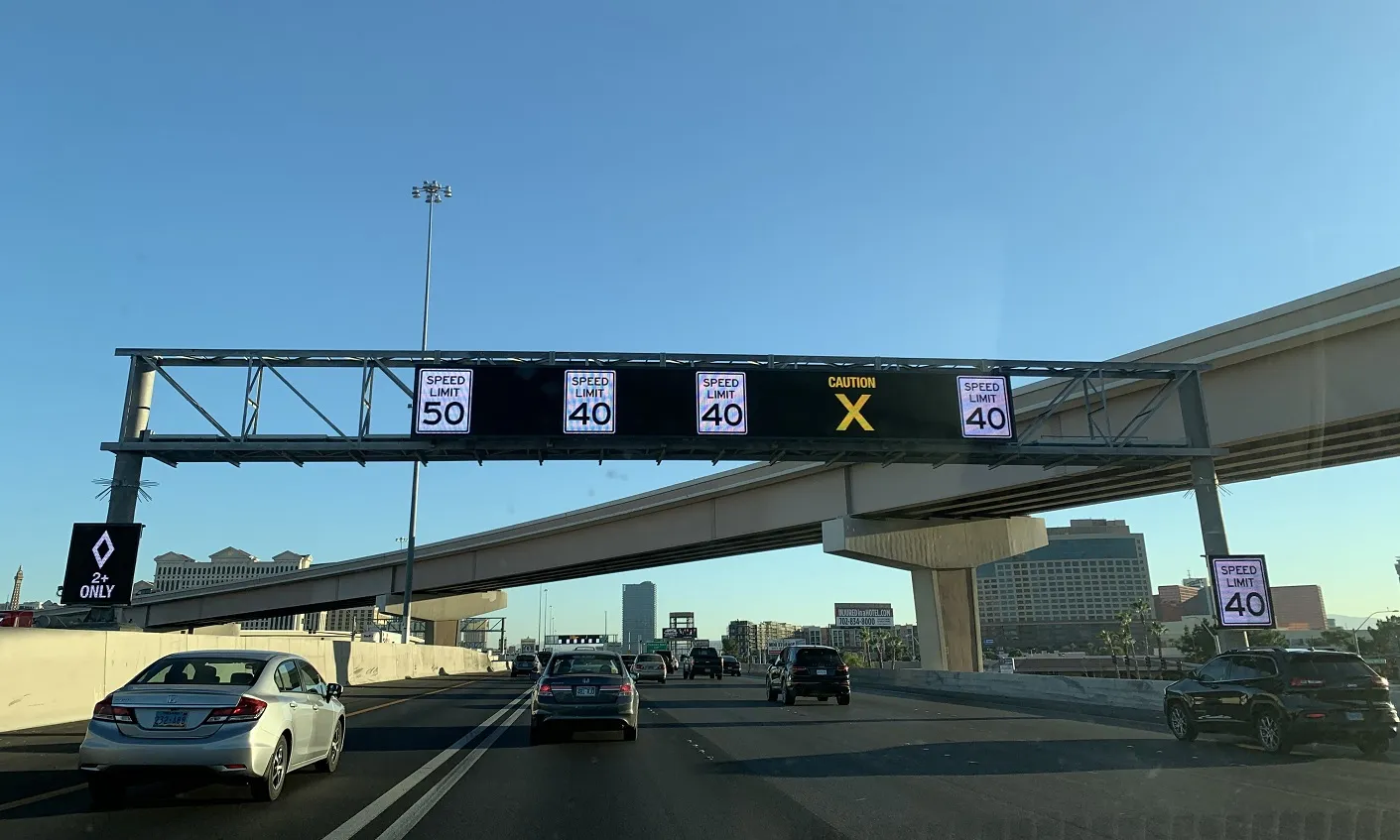The I-75 South Metro reversible express lane project In Atlanta, Georgia, US, will open this weekend along almost 21km between Highway 138 and Highway 155 on the new double-lane addition to the I-75 median. The lanes will carry traffic northbound toward downtown Atlanta during the morning rush hour and southbound during midday and peak afternoon and evening traffic.
Parsons prepared conceptual design reports for the project, including lane configuration and access studies, as well as the environmental
January 27, 2017
Read time: 2 mins
The I-75 South Metro reversible express lane project In Atlanta, Georgia, US, will open this weekend along almost 21km between Highway 138 and Highway 155 on the new double-lane addition to the I-75 median. The lanes will carry traffic northbound toward downtown Atlanta during the morning rush hour and southbound during midday and peak afternoon and evening traffic.
4089 Parsons prepared conceptual design reports for the project, including lane configuration and access studies, as well as the environmental document. The 754 Georgia Department of Transportation’s (GDOT’s) NaviGAtor software, a rebranded version of Parsons’ Intelligent NETworks advanced transportation management system, will monitor the express lanes. In addition, Parsons’ Intelligent NETworks has been installed at the State Roadway and Tolling Authority (SRTA) to display current toll rates on changeable message signs.
Intelligent NETworks will be used to display comparative speeds on dynamic message signs, showing the current average speed along the corridor for the express lanes and general purpose lanes. The software will also monitor the express lanes via traffic sensors and video cameras to help coordinate response to any incidents. Enhanced features will immediately notify roadway operators if a vehicle is detected travelling the wrong way. In addition, Parsons’ software allows for centre-to-centre connection between SRTA software and NaviGAtor to help automate coordination between the two agencies while operating the express lanes.
Intelligent NETworks will be used to display comparative speeds on dynamic message signs, showing the current average speed along the corridor for the express lanes and general purpose lanes. The software will also monitor the express lanes via traffic sensors and video cameras to help coordinate response to any incidents. Enhanced features will immediately notify roadway operators if a vehicle is detected travelling the wrong way. In addition, Parsons’ software allows for centre-to-centre connection between SRTA software and NaviGAtor to help automate coordination between the two agencies while operating the express lanes.









